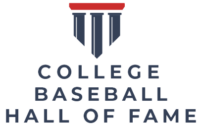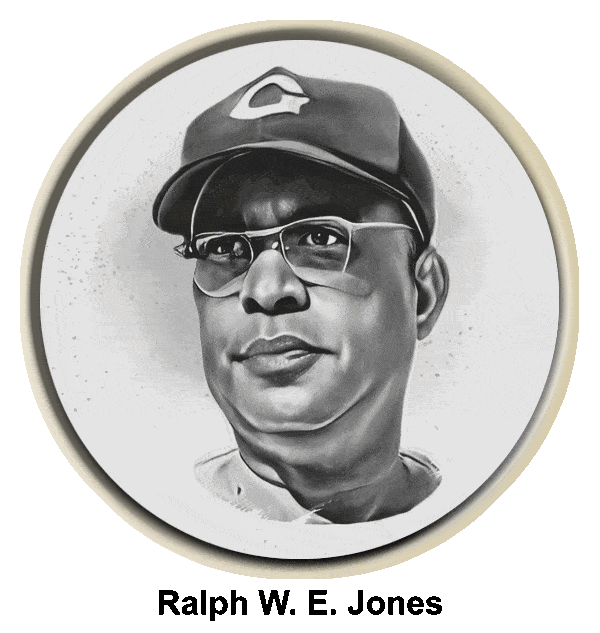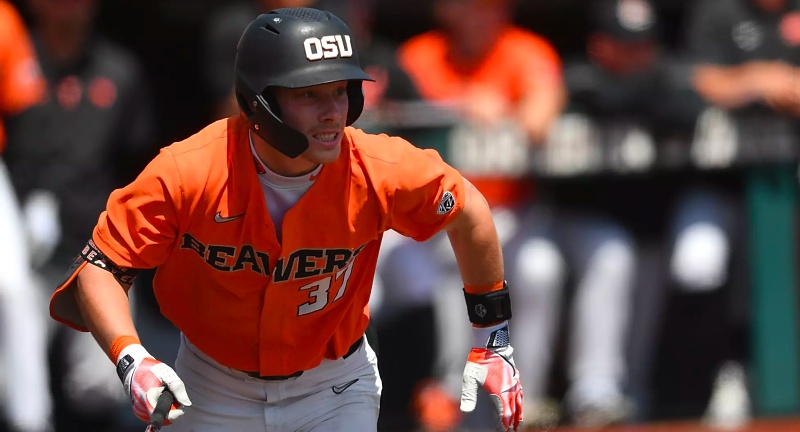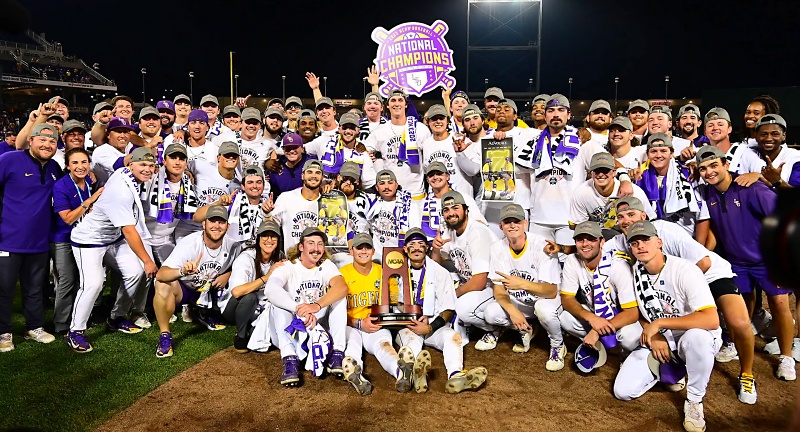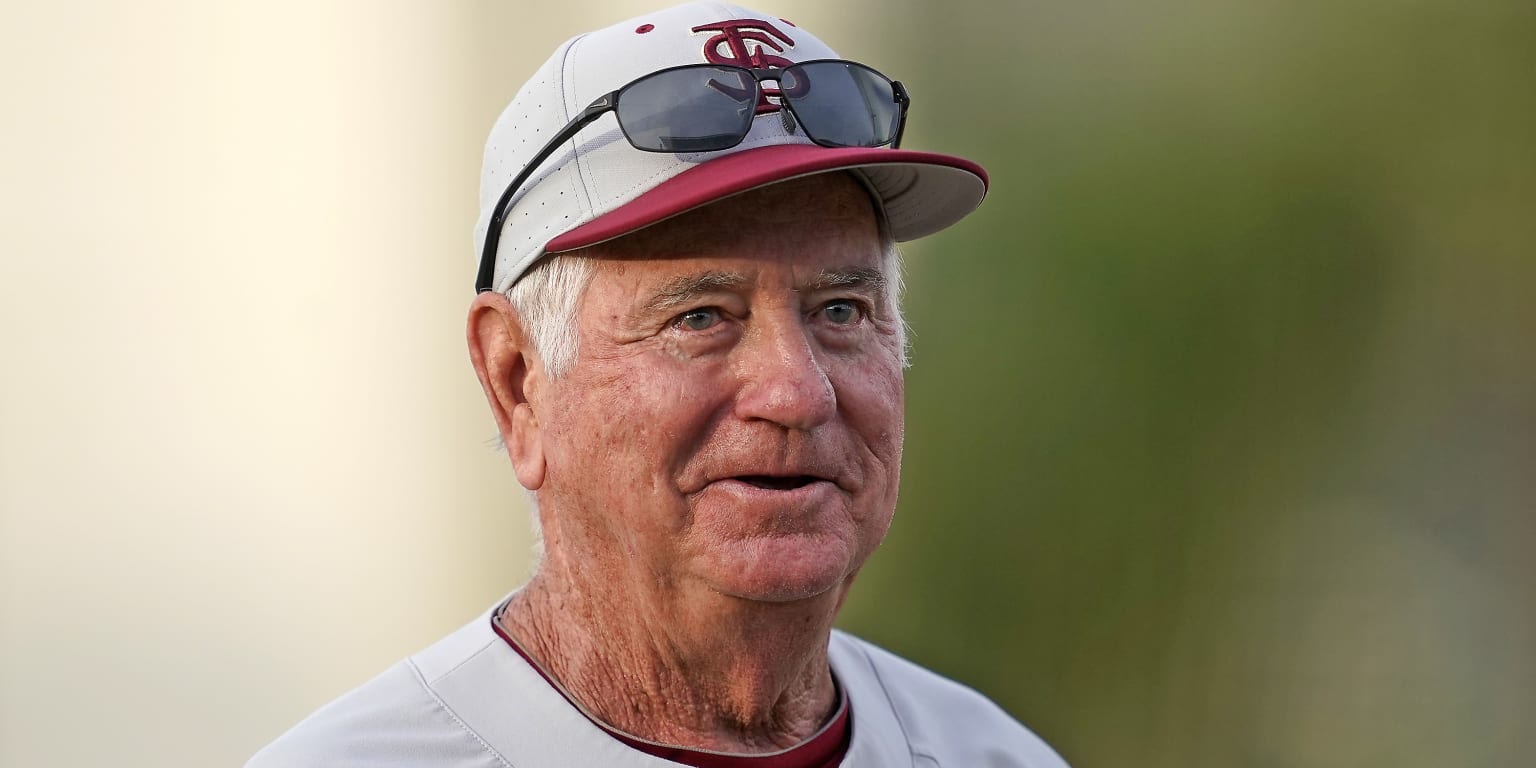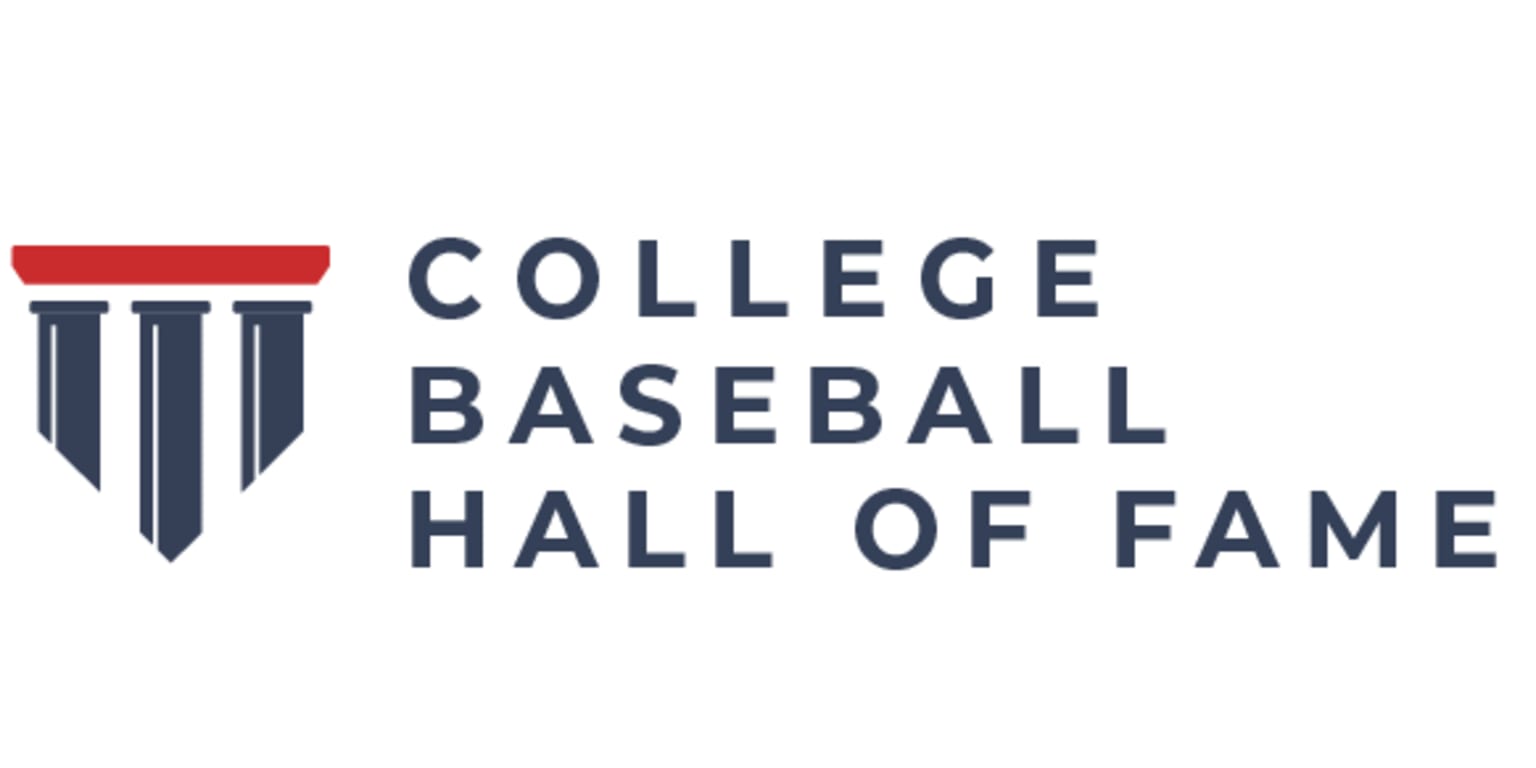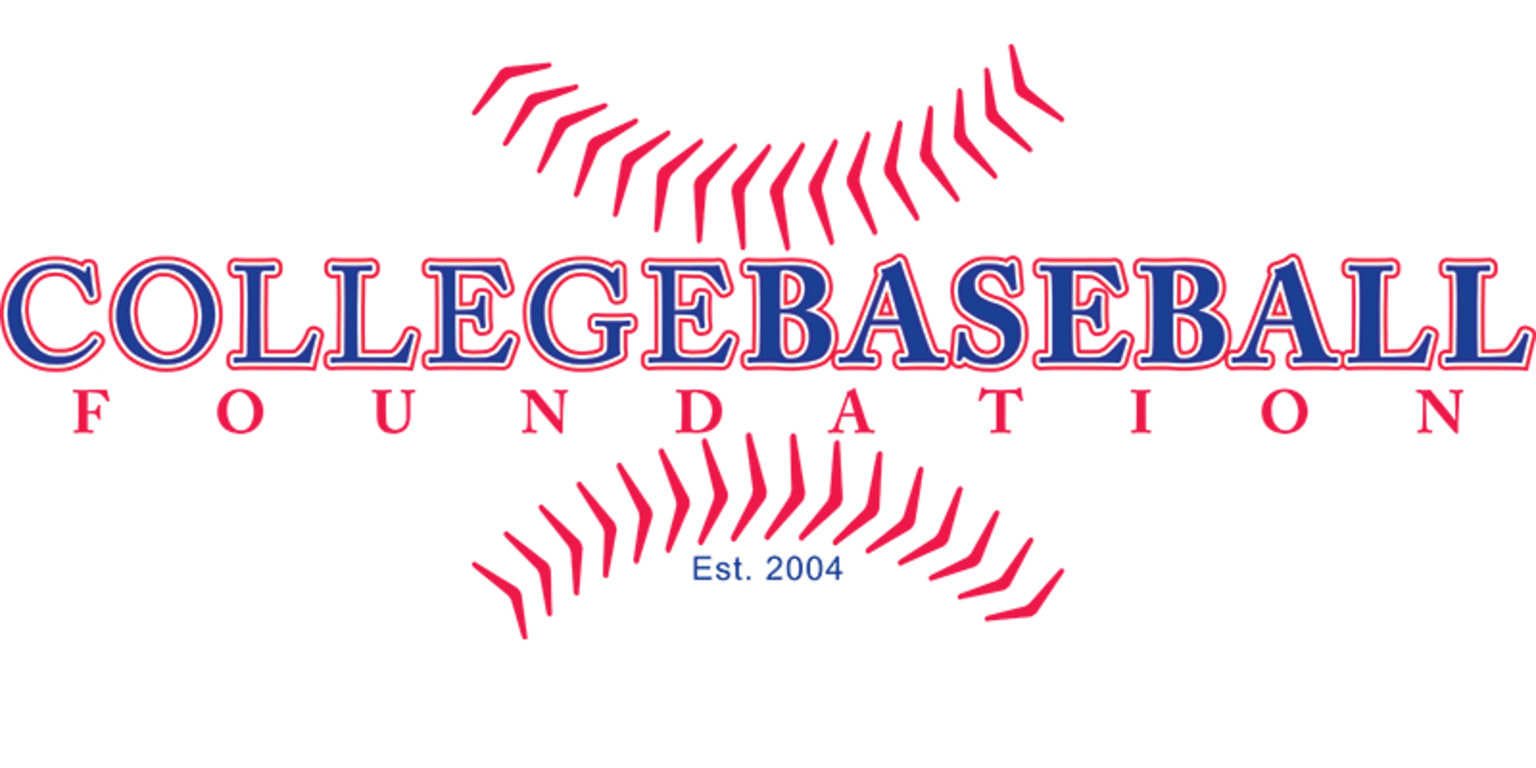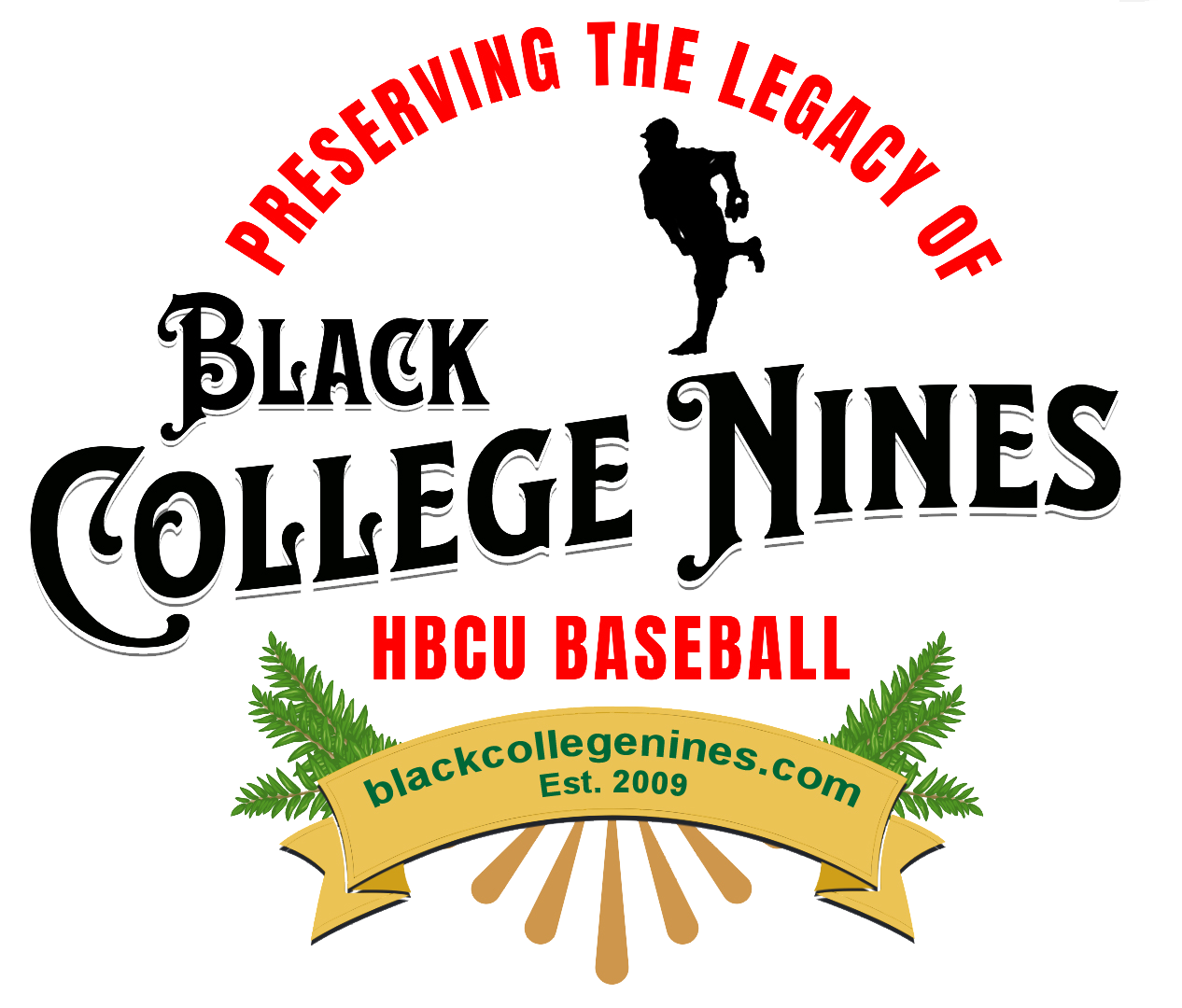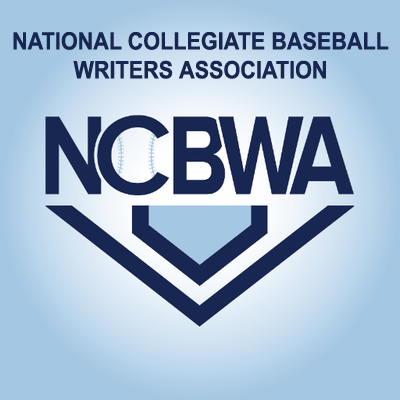 Don’t look too hard in the paper or on the internet for this week’s score of the University of Maryland Eastern Shore football game. The team is off this weekend. They did not play last weekend either. As a matter of fact, its been since 1979 that the Hawks last fielded a football team.
Don’t look too hard in the paper or on the internet for this week’s score of the University of Maryland Eastern Shore football game. The team is off this weekend. They did not play last weekend either. As a matter of fact, its been since 1979 that the Hawks last fielded a football team.
But back in the day, when UMES was known as Maryland State, the Maroon and Gray was widely known in HBCU circles as a football powerhouse. During the period of 1946-1960, Maryland State produced five undefeated teams and a combined won-loss record of 139 wins, 36 losses and 7 ties.
Of the many greats who would go on to play in the NFL (a record five alums played in Super Bowl III), quite a few were multi-sport stars on the Princess Anne, Maryland campus.
One of the all-time very best all-around athletes at Maryland State was Johnny “Red Ball” Sample.
During the mid to late 1950s, Johnny Sample was a star on the football field (where he earned first team Pittsburgh Courier Black College All-American status in 1955 and 1957) and on the baseball diamond (where he was the Central Intercollegiate Athletic Association player of the year in 1958). As well, Sample was a member of the track team (shot put), played basketball his freshman year and was said to be an accomplished gymnast. Later in life, Sample added tennis to his vast sporting resume and became a nationally ranked player and tournament official.
A multi-dimensional athlete, Johnny Sample lead the Maryland State football squad to glory as an offensive and defensive standout. He also starred on special teams as a punt and kickoff returner and was the Hawks’ punter and place kicker.
Sample’s football talent was rewarded with his selection by the (then) Baltimore Colts in the seventh round of the 1958 NFL draft and as the first ballplayer from a historically black college selected to participate in annual Chicago Charities College All Star Game. From 1934-1976, the late summer football exhibition game was considered to be the premier showcase of star seniors from the previous college football season pitted against the reigning NFL champions.
On the baseball diamond, Johnny Sample was equally blessed with talent. The all-star second baseman’s Maryland State squads captured CIAA championships in each of his four seasons (1955-1958) on the team. In 1957, Sample finished with a .394 batting average and his .682 slugging percentage ranked among the national small-college leaders. The following year, Sample upped his batting average to .418 and again ranked high among the national slugging leaders with an average of .764. Additionally, he used his speed (9.6 seconds in the 100 yard dash) to finish fifth in the country with 17 stolen bases, averaging 1.31 steals per game.
 During his senior season, the Philadelphia Phillies regularly scouted Sample and invited him to a tryout once the college season was finished (the MLB player draft was not established until 1965).
During his senior season, the Philadelphia Phillies regularly scouted Sample and invited him to a tryout once the college season was finished (the MLB player draft was not established until 1965).
In his memoir, Confessions of a Dirty Ballplayer, Sample recounted his tryout saying, “during my few days at Connie Mack Stadium, I was hitting the ball into the stands and off the walls. With my assets, the Phillies figured they’d use me in the outfield instead of at second base.”
The Phillies did in fact offer Johnny Sample a contract, but the offer was for far less than he expected. With a better offer from the Baltimore Colts, Sample opted for a career in professional football.
The move proved to be a smart one for Sample, who totaled 11 seasons in the National Football League (1958-1968), all as a defensive back and punt returner. During his pro career, which also included stints with the Pittsburgh Steelers, Washington Redskins and New York Jets, Sample was know as a hard hitting, tenacious defender. Once referred to as one of the league’s dirtiest players, the All-NFL performer embraced the moniker and eventually used it in the title of his 1970 memoir.
Whether he was actually a dirty player or just plain aggressive, Johnny Sample was also know for his heady preparation of games… being one of the first to keep elaborate notes on pass receivers’ tendencies. Without question, Johnny Sample, who was also one of the earliest practitioners of the “bump and run” and “trash-talking”, was considered one of the best cornerbacks of his era. 
Yet for all his accomplishments, which included playing as a rookie for the World Champion Baltimore Colts (their 1958 defeat of the New York Giants is considered to be the game that ushered in the popularity of pro football) and on the Super Bowl III Champion New York Jets (their 1969 defeat of the Baltimore Colts legitimized the American Football League and was the impetus for the merging of the NFL and AFL), Johnny Sample is not yet in Canton, Ohio’s Pro Football Hall of Fame. The closest he has gotten is admittance into the University of Maryland Eastern Shore’s Hall of Fame in 1977 and into the Central Intercollegiate Athletic Association Hall of Fame in 2004.
There are those who feel that his day of recognition will come. There are those who feel Johnny Sample’s outspoken nature and (at the time) controversial views on racial injustice, both on and off the football field, have kept him out of the football’s Hall of Fame to this day. Some even feel that his legacy will forever remain one detrimental to pro football’s status quo.
Not one to “accept what most blacks were taking in stride”, one of the men who inspired Johnny Sample to stand up for what he believed in and to fight for what he thought was right was Jackie Robinson… a man who had to swallow his pride for years in order to make his mark on society. Sample observed that only after he had been accepted by the baseball establishment was Robinson moved to start saying the things he had wanted to earlier in his pro baseball career.
 Though Johnny Sample had heard Robinson speak on the radio when Sample was in high school in the early 1950s, it was not until years later that the two had an opportunity to first meet. By then, Sample had become a football star and acquired a reputation for speaking up for what he believed. At their introduction, Sample told Robinson that his words had a profound effect on his life. Robinson’s response must have been pleasing to Sample when he said Johnny must have been a good listener. Robinson observed that Sample was a very outspoken man today and that Robinson was glad he was.
Though Johnny Sample had heard Robinson speak on the radio when Sample was in high school in the early 1950s, it was not until years later that the two had an opportunity to first meet. By then, Sample had become a football star and acquired a reputation for speaking up for what he believed. At their introduction, Sample told Robinson that his words had a profound effect on his life. Robinson’s response must have been pleasing to Sample when he said Johnny must have been a good listener. Robinson observed that Sample was a very outspoken man today and that Robinson was glad he was.
Growing up, Johnny Sample was one of my very favorites. I only wish I had the opportunity to meet him before he passed away unexpectedly in 2005 at the age of 69. Those who knew Sample said that he was different than his football persona and that if you were his friend, there was none better.
Other than the photo of Johnny Sample in color, all photos courtesy of the University of Maryland Eastern Shore. My thanks to Jennifer Neumyer and Eric Jodlbauer of the UMES Frederick Douglass Library for their assistance in locating school photos of Johnny Sample.
If you’d like to learn more about the prospects of reviving UMES football, please click here.


